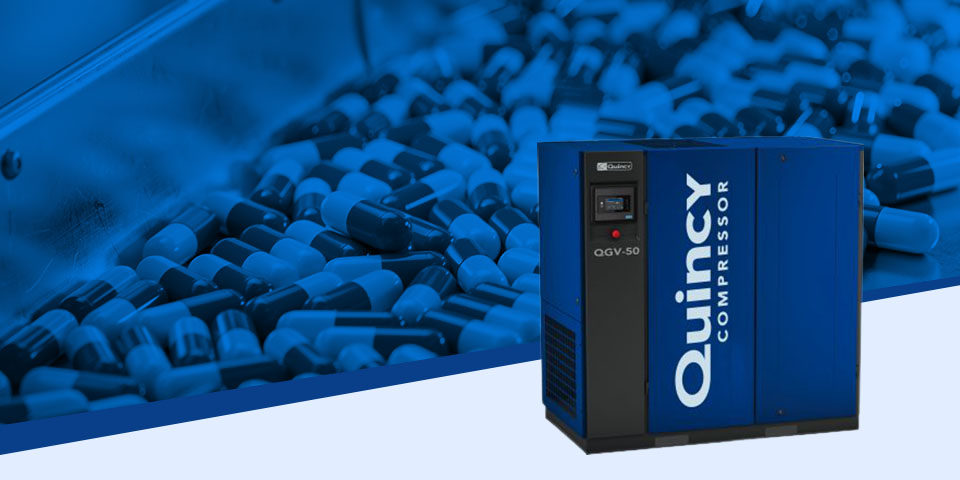Contents
Aftercoolers
In compressed air systems, an aftercooler cools the air exiting the compressor. As this heat exchanger cools the air, it creates condensate, which a moisture separator may remove.
These systems, used with air compressors, work well for cooling air and reducing the moisture in the system, both of which help protect downstream equipment. They are an essential complementary tool used with air compressors.
FAQs
A compressed air aftercooler pumps cool water or air around the compressed air as it exits the compressor. These components sometimes come built into the air compressor or are a separate system placed directly after the compressor.
These systems remove about 75% to 80% of the moisture from the air by cooling it since cooler air can’t hold as much water as warmer air. When the air cools, water vapor molecules lose energy and slow down, clumping to form liquid droplets. Most aftercoolers come with water separators and automatic drainage to remove the condensed water.
An air compressor aftercooler provides many benefits, including:
- Reducing heat: Compressed air is often very hot, which could cause damage to sealing and lubrication. Hot air hoses could also burn workers or even lead to a fire.
- Removing water: When aftercoolers include drainage, they remove excess moisture, reducing the chances of rust, scale and freezing and keeping equipment running smoothly.
- Saving energy: Since aftercoolers remove some water, they prevent stress on the dryer, allowing you to choose a smaller drying unit.
Aftercoolers come in two varieties, air-cooled and water-cooled. Air-cooled units use an electric fan to push cool air between fins over a series of coils that contain the compressed air. These systems typically employ less energy and are suitable for less demanding applications up to 250 psi. Air-cooled systems usually require less maintenance but are louder than water-cooled units.
Water-cooled systems push cooling water past the airflow in the opposite direction, typically through piping. These systems work better for high airflow applications up to 435 psi.
Intercooling is the removal of heat from air or a gas between compressor stages. Intercoolers are used after the first stage of a multi-stage compressor, while aftercoolers are used after the final compression stage for a single-stage compressor. The systems perform the same task but reside in different locations in the compression system.
If aftercoolers remove moisture from the air, you may wonder why a compressor system needs a separate dryer. While aftercoolers remove moisture, their primary function is cooling, and they only remove a certain amount of moisture.
Air dryers remove a much higher proportion of water. The type of dryer you choose impacts the amount of moisture you can remove. Desiccant dryers are the most effective at removing water. They can achieve a pressure dew point of -40°F or lower, making them most useful for applications requiring the driest air, such as medical uses and food and beverage manufacturing.
Additional Resources
At Quincy, our goal is to support you and true support means connecting you to resources that best fit your needs.


